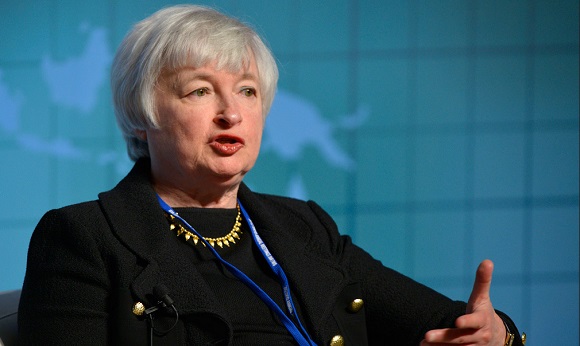If financial market participants were voting, Jerome Powell would likely win a resounding second term as Federal Reserve chair. He would also probably be approved by the Senate, but that would assume President Biden nominated him. Unfortunately, that's become less likely to happen.
The latest straw against him was the trading scandal that led to the resignation of two of the Fed's 12 regional bank presidents. While the Fed last week announced new restrictions on trading to prevent this from happening again, it also brings the scandal back into the public eye at the worst possible time for Powell, whose terms end in February. While he certainly can't be blamed for the deeds of others—especially when they happened at the Fed's regional banks, not the Fed itself—and he deserves credit for acting swiftly and decisively in their wake, the fact is that they occurred on his watch. As a result, he won't be able to deflect all of the blame.
More to the point, it exposes how cozy the Fed is to the financial markets when its officials are supposed to be purer than Caesar's wife. While Powell probably didn't know about those two Fed presidents' trades beforehand, the episode makes it look like the Fed chair isn't in charge of his own house. Continue reading "Prepare For A Post-Powell Fed"


